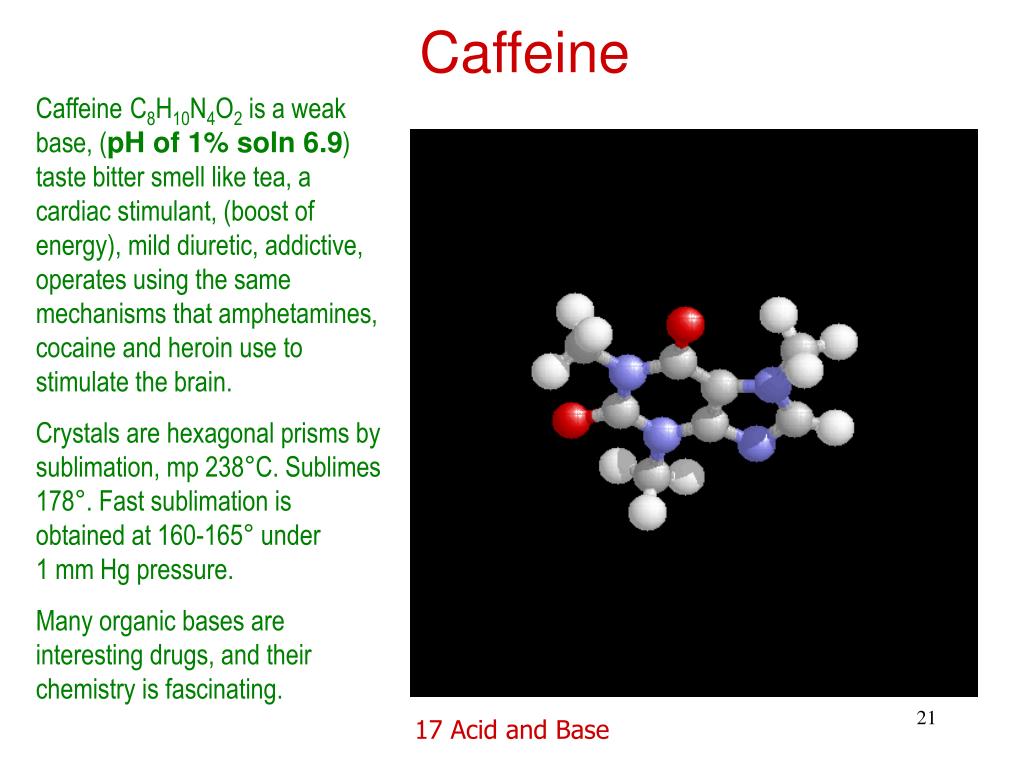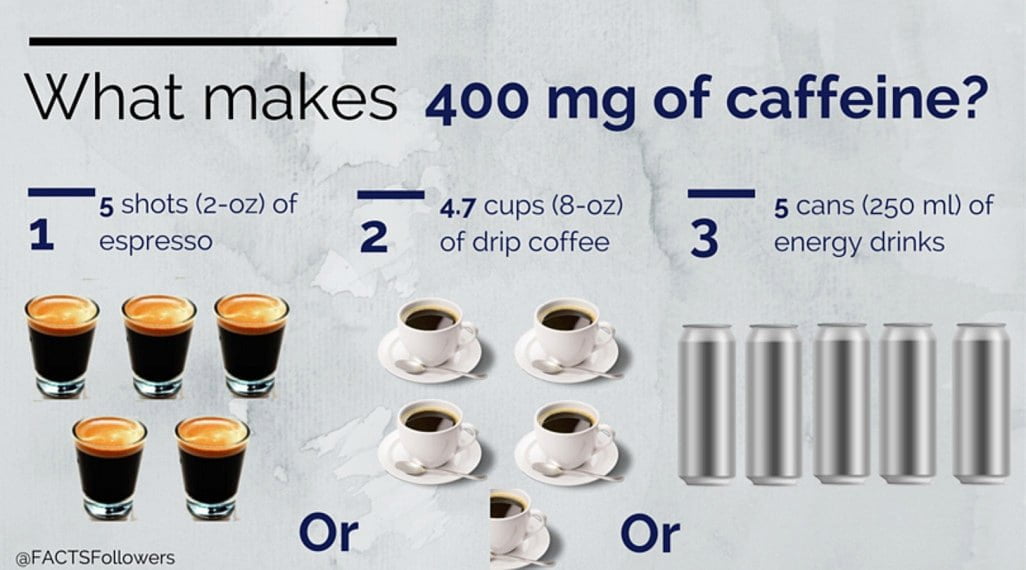

Keep in mind that it is always easier to recover the product from a different layer in a beaker than from the waste container or the sink. The only time that you can really be sure about it is if you isolated the final product in a reasonable yield, and it has been identified as the correct compound by melting point, infrared spectrum, etc. Never dispose of any layer away until you are absolutely sure (=100 %) that you will never need it again. One rule that should always be followed when performing a work-up process: Chlorinated solvents (i.e., dichloromethane, chloroform) exhibit a higher density than water, while ethers, hydrocarbons and many esters possess a lower density than water (see solvent table), thus form the top layer ( see solvent table). If a carboxylic acid (i.e., benzoic acid) was deprotonated using a base or an amine (i.e., lidocaine) was protonated using an acid, it would become more water-soluble because the resulting specie carries a charge. For an organic compound, it is relatively safe to assume that it will dissolve better in the organic layer than in most aqueous solutions unless it has been converted to an ionic specie, which makes it more water-soluble. The most important point to keep in mind throughout the entire extraction process is which layer contains the product. This often leads to the formation of emulsions. Other solvents such as alcohols increase the solubility of water in organic layers significantly because they are miscible with both phases and act as a mediator. The higher water solubility lowers the solubility of weakly polar or non-polar compounds in these solvents i.e., wet Jacobsen ligand in ethyl acetate. Oxygen containing solvents are usually more soluble in water (and vice versa) because of their ability to act as hydrogen bond donor and hydrogen bond acceptor. Water also dissolves in organic solvents: ethyl acetate (3 %), diethyl ether (1.4 %), dichloromethane (0.25 %) and chloroform (0.056 %). Commonly used solvents like ethyl acetate (8.1 %), diethyl ether (6.9 %), dichloromethane (1.3 %) and chloroform (0.8 %) dissolved up to 10 % in water. However, in some cases it is possible to accomplish a phase separation by the addition of large amounts of a salt (“salting out”). Ethanol, methanol, tetrahydrofuran (THF) and acetone are usually not suitable for extraction because they are completely miscible with most aqueous solutions. Solvents like dichloromethane (=methylene chloride in older literature), chloroform, diethyl ether, or ethyl ester will form two layers in contact with aqueous solutions if they are used in sufficient quantities.

Since most of the extractions are performed using aqueous solutions (i.e., 5 % NaOH, 5 % HCl), the miscibility of the solvent with water is a crucial point as well as the compatibility of the reagent with the compounds and the solvent of the solution to be extracted. The liquids involved have to be immiscible in order to form two layers upon contact. Many liquid-liquid extractions are based on acid-base chemistry.

Washing is also used as a step in the recrystallization procedure to remove the impurity containing mother liquor adhering to the crystal surface. Strictly speaking, the two operations are targeting different parts in the mixture: while the extraction removes the target compound from an impure matrix, the washing removes impurities from the target compound i.e., water by extraction with saturated sodium chloride solution. A standard method used for this task is an extraction or often also referred to as washing. These compounds have to be removed in the process of isolating the pure product. After a reaction is completed, the solution often times does not only contain the desired product, but also undesired byproducts of the reaction, unreacted starting material(s) and the catalyst (if it was used).


 0 kommentar(er)
0 kommentar(er)
